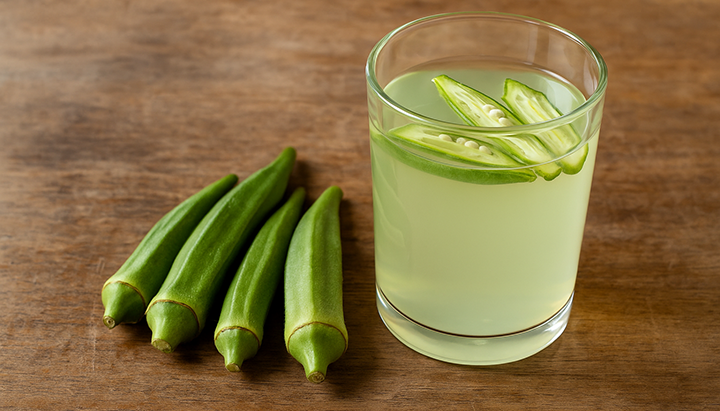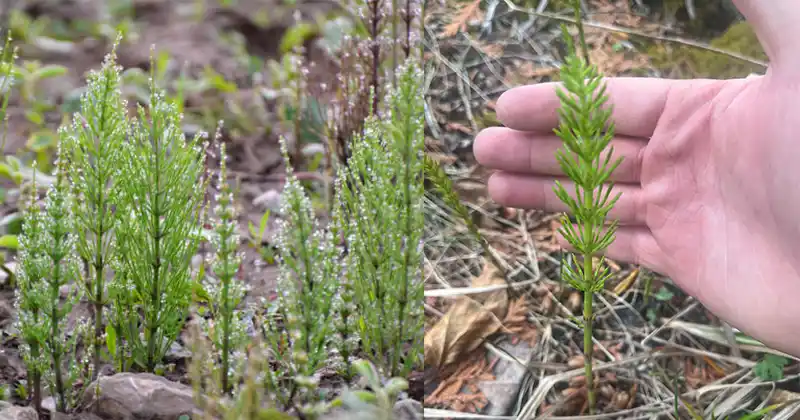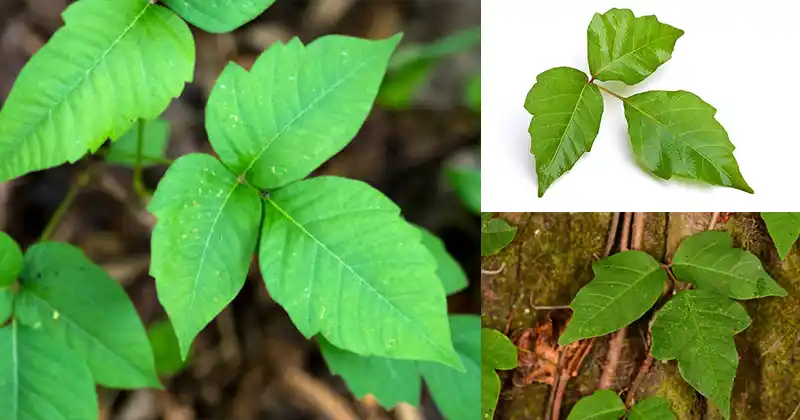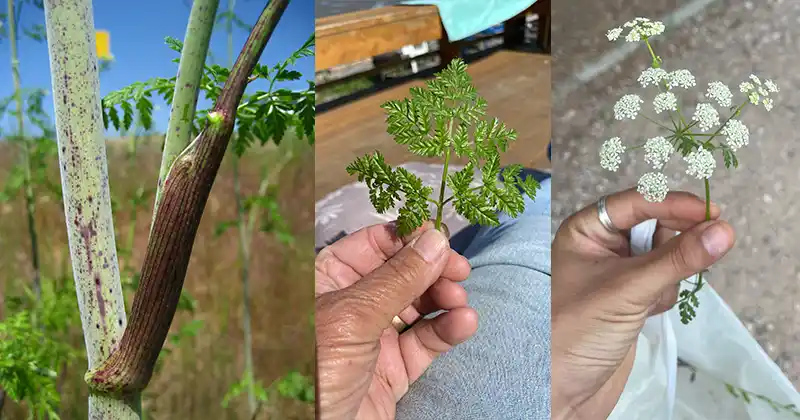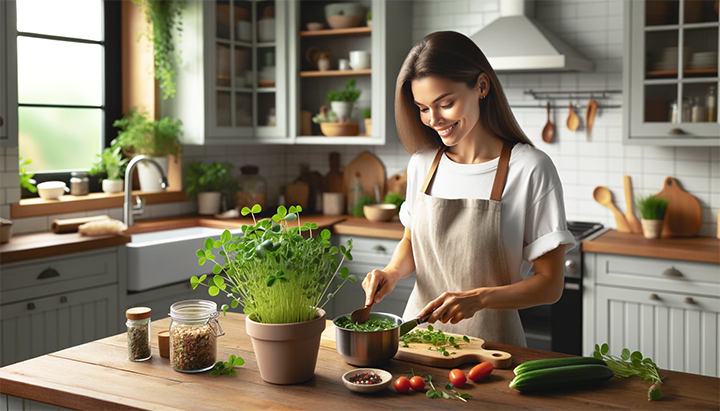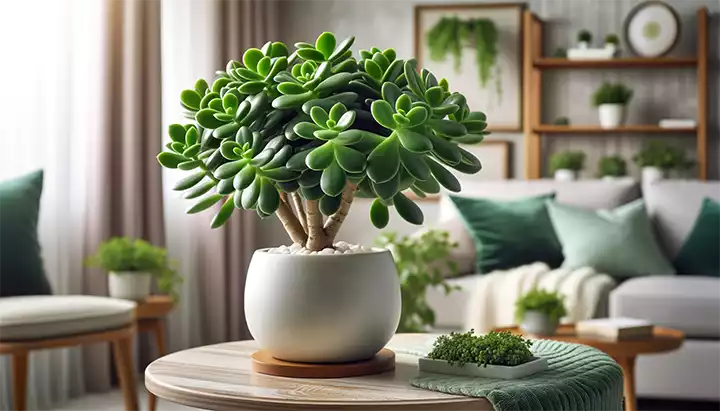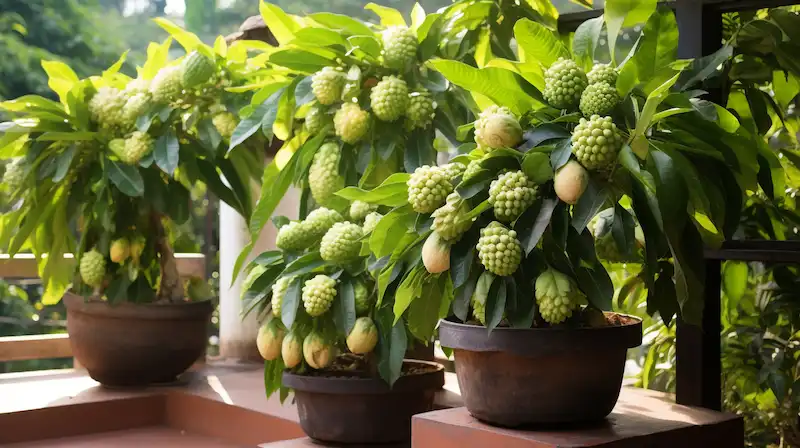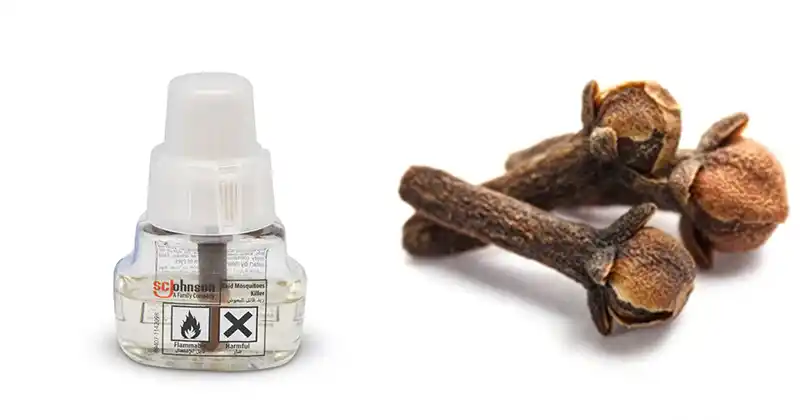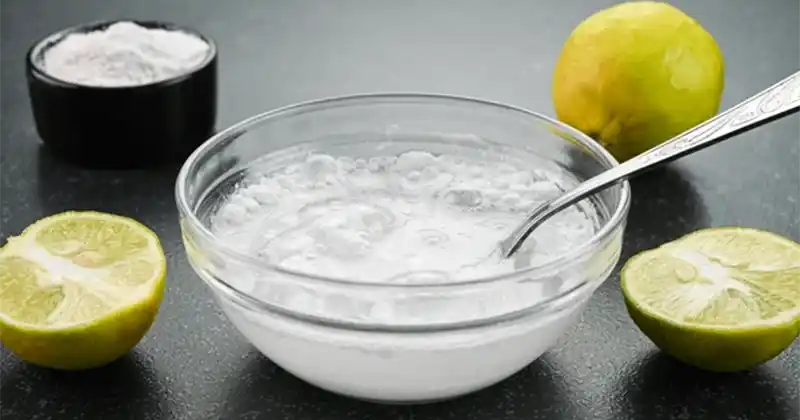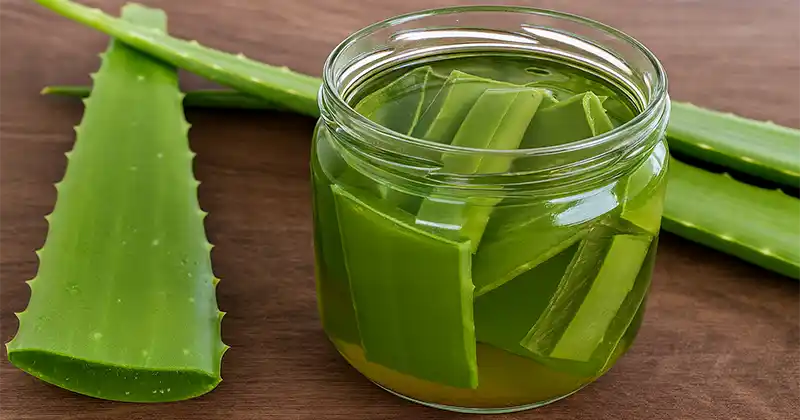Access to clean water is essential for health and well-being, yet it remains a challenge in many parts of the world. Innovative solutions like the 3-Bucket Bio Water Filter offer an affordable and effective way to purify water. This guide will walk you through the steps to create this simple but efficient water filtration system.
Materials Needed
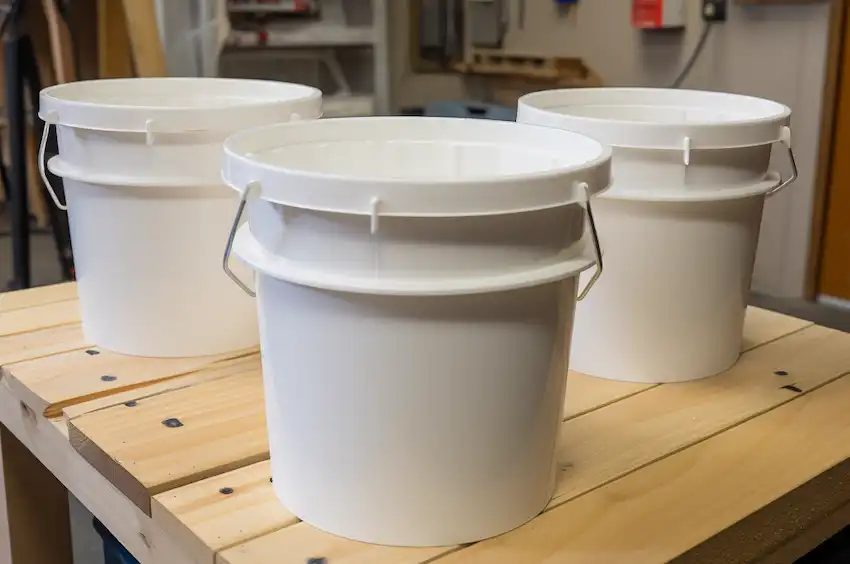
- Three clean, food-grade buckets
- A drill or sharp tool for making holes
- Pea gravel
- Fine sand
- Activated charcoal
- A tap or spigot (optional)
Step-by-Step Guide
- Preparing the Buckets: Drill evenly spaced holes in the bottom of the top two buckets. These holes allow water to pass through the filtration materials.
- Layer 1 – Gravel: Fill the top bucket about one-third full with pea gravel. This coarse layer catches larger particles and sediments, preventing them from clogging the finer layers below.
- Layer 2 – Sand: In the middle bucket, add a layer of fine sand. This should be about the same thickness as the gravel layer. Sand acts as a finer filter, trapping smaller particles and some microbial contaminants.
- Layer 3 – Activated Charcoal: The bottom bucket contains activated charcoal. It plays a crucial role in removing impurities and improving the taste and smell of the water. If you’re adding a spigot, attach it to this bucket.
- Assembly: Stack the buckets with the gravel layer on top, followed by the sand, and finally the charcoal bucket at the bottom.
- Using the Filter: Pour water into the top bucket and let it percolate through the layers. The water collected in the bottom bucket will be significantly cleaner.
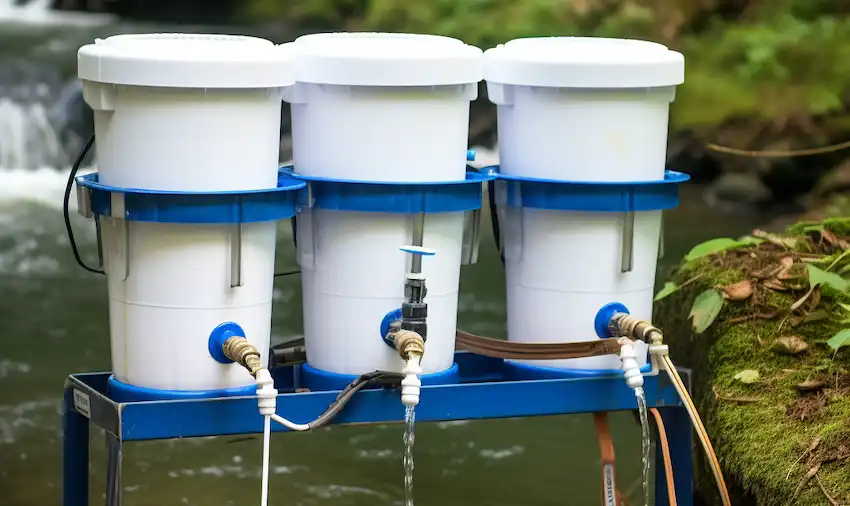

Maintenance Tips
- Regularly replace the sand and charcoal, and rinse the gravel.
- Ensure the buckets are clean and free of contaminants before assembling the filter.
The 3-Bucket Bio Water Filter is a testament to simplicity and resourcefulness in water purification. While it significantly improves water quality, remember it may not remove all pathogens or chemicals. For complete safety, consider additional purification methods like boiling.
Inspired by this? Share the article with your friends!
<!–
<!–
–>

